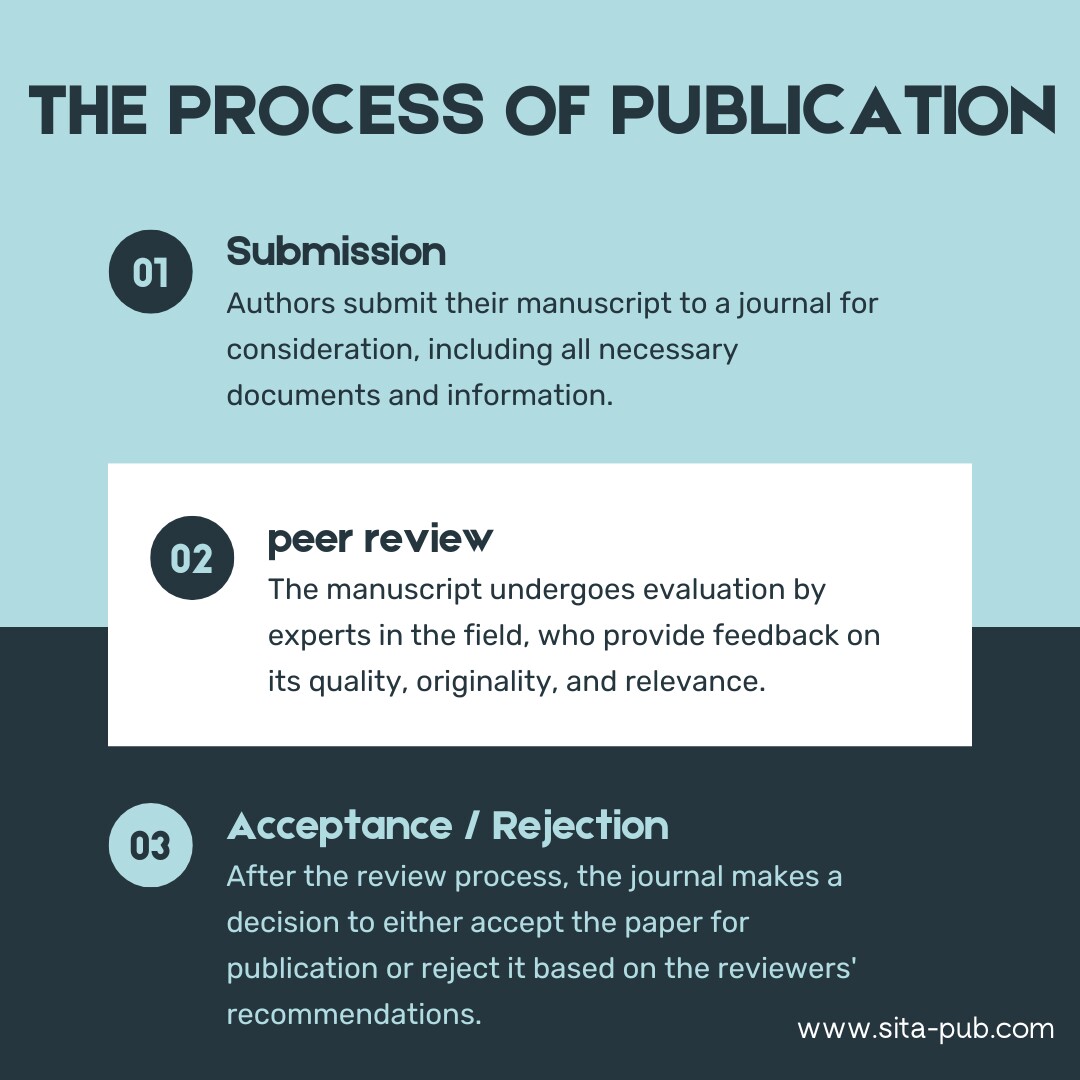How Long Does the Peer Review Process Typically Take?


The peer review process is an important step in publishing research. It helps make sure that studies are checked by experts in the field. This process can take different amounts of time and can be complex.
Peer review means that other experts read and evaluate a research paper before it gets published. They check if the work is good, original, and relevant.
Quality Assurance: Ensures that only high-quality research is published.
Constructive Feedback: Gives authors helpful suggestions to improve their work.
Validation: Confirms that the research findings and methods are correct.

The time it takes for peer review can vary a lot. Several factors can influence this duration.
Finding qualified reviewers can take time.
Delays happen if experts are busy or not available.
Journals may have many papers waiting for review.
If a journal has a lot of submissions, the process can slow down.
More complicated studies require more time to evaluate.
Reviewers may need to do extra research to understand the work.

The number of times a paper is reviewed before a final decision can change. This depends on the reviewers' comments and how well authors respond to them.
Acceptance: The paper is good and gets accepted for publication.
Rejection: The paper is not suitable for publication.
Minor Revisions: Authors need to make small changes and resubmit.
Major Revisions: Authors must make significant changes, leading to more reviews.
Initial Review: Reviewers read the paper and give feedback.
Author Revisions: Authors make changes based on feedback and send the paper back.
Subsequent Reviews: The revised paper is evaluated again.

How well authors respond to reviewers' comments is very important in the review process.
Addressing Comments: Respond to all feedback carefully.
Clarity and Detail: Make sure revisions are clear and well explained.
Timeliness: Resubmit the revised paper quickly to avoid delays.

The peer review process is essential for ensuring the quality of published research. While the time it takes can vary, understanding the review process can help authors navigate it more effectively.
By responding to feedback and knowing what to expect, authors can improve their chances of getting published. In the end, the peer review process benefits everyone by ensuring that high-quality research is shared with the academic community.
Want to publish your research? SITA Academy is ready to assist you! We offer support with editing, formatting, and choosing the right journal. Don’t let the process stress you out—contact us today, and let’s work together to get your research published!
What services do we offer?
If you have any questions, inquiries, or would like to learn more about our services, please don't hesitate to reach out to us. Our dedicated team is ready to assist you.